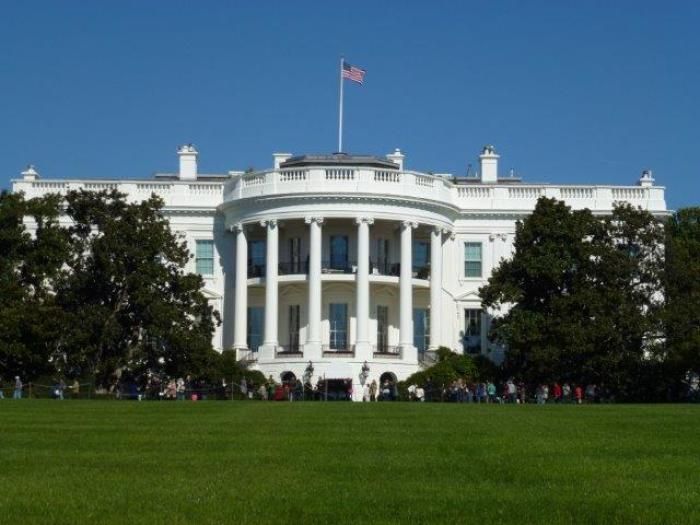
This past weekend we had glorious autumn weather–cool and crisp, bright and sunny–azure skies were the backdrop to the russet, gold, scarlet and brown of autumn leaves. What better time for a daytrip to visit the White House Garden and the U.S. Botanic Garden?
When my friend Laura Anthony, who is Special Events Coordinator at the U.S. Botanic Garden, called and told me she had tickets for the White House Garden Tour, I said sure, I’d be thrilled to go with her. This event happens only twice a year: one day in the spring and one day in the fall and one needs tickets to be admitted onto the grounds. Saturday was an absolutely sterling autumnal day; the streets of D.C. were alive with locals–lots of families with baby stollers–as well as tourists from around the globe.
We parked and walked around to the entrance gate and by then a large crowd was gathering–the lines moved quickly though and everyone was fairly friendly. Once through security and on the grounds, visitors could pretty much walkabout on their own, although there were a lot of staff, secret service and security there, in order to keep folks off of the grass and from entering the closed off areas. Foot traffic from the many visitors in the smaller gardens would have been too invasive, so we had to view some gardens from a distance.
First view of the White House flanked by the magnificent magnolias on either side of the entrance is indeed, majestic. Those Southern Magnolias, which are huge, were planted by Andrew Jackson in 1830! Laura and I were delighted to chat with some of the White House personnel who are in charge of the grounds and gardens… one of whom is an old herbal friend. They explained how the mums are started and cut back in summer for this fall display. We are thankful that they have their jobs back and that they were allowed to water during the shutdown in order to keep the plants alive. Some of the trees are very old and huge… absolutely wonderful specimens from around the country and the world.
I loved the combination of bright purple sage spikes with bright orange mums against green hedges and topiary in front of the East Wing, known as the Jacqueline Kennedy Garden or the East Garden. After lots of photo ops, we moved along in a steady flow of visitors with our tour books, which numbered plants, gardens and displays and explained what they were, dates of origin, etc. The booklet is very well done and informative… thus, I can actually give you factoids about some of the plants and their history.
The West Wing connects the Main House (family living quarters) to the Oval Office. The Rose Garden (1913) is in front of this area. Even now there are specimens of roses in bloom. There is a Children’s Garden which was dedicated by Lady Bird Johnson in 1969, the children’s playground, putting green, basketball court, however these were not accessible for this tour.
From my point of view, besides the panoramic vista of sweeping lawn, huge old trees, fountain, colorful plantings and view of the Washington Monument, the most spectacular aspect of the grounds are the trees. There is an impressive variety of trees on the grounds and some of them date back to the 1800s. Presidents and their First Ladies planted many of these trees and I think each of the trees represent a place in our history… the ancient to modern day. One really does not consider the grounds of the White House as being a tree sanctuary; however, it is a veritable arboretum. Just walk the perimeter of the grounds–you can do this on the sidewalk on the other side of the fence–and you can view this treasure trove of trees. Most of them are labeled.
Last yet not least, there is the White House Kitchen Garden, which I was able to visit just after it was dedicated in 2009. Although, my garden had a frost last week, it is warmer in D.C., so the garden was still in its fall glory. Lots of greens and herbs still to be harvested. There is a Thomas Jefferson bed which features heirloom seeds from Monticello which contains artichokes, beets, Brussels sprouts, kale and lettuce. I saw herbs like parsley and basil and a large pineapple sage in bloom; these attract the Presidential Pollinators, which are located nearby. The hive now has six supers and last year produced 250 pounds of honey; I think they said that there were some 770,000 bees (though I am not sure how they count them).
We so enjoyed the garden tour and as we walked back to the car, we passed by the Renwick Gallery, which is having a show on baskets. So… we had to pop in for a quick view… and we sure were glad that we did. To begin, there is a video of the basketmakers from around the country and one of the prerequisites of the show was that the crafters had to forage, gather and prepare their basket-making materials themselves. It showed them cutting white oak and splitting it, gathering willow, honeysuckle vines, sweetgrass and more, forming them into works of art. The collection of baskets is exquisite and wonderful to view; best though, at the end there is actually a hands-on display with baskets which are for picking up and touching and examining.
After a lovely and tasty lunch at one of the eateries on 14th Street, we headed for the U.S. Botanic Garden to view the Thousand Bloom Chrysanthemum that Laura had been telling me about. Although she had described this plant to me in detail, I really had no idea that it would be such an impressive display–or how big it is! It is truly a botanical phenomena; in Japan this plant is called Ozukuri, this art form was developed in Japan and China over 200 years ago. It takes 12 to 18 months to train this chrysanthemum cultivar Susono-no-Tsuki, which requires exacting care. The goal is to get one plant to produce 1,000 blooms, however if there are at least 500 blooms on a single plant, it qualifies to be called a Thousand Bloom.
This plant was shared with the USBG by Longwood Gardens. These are the only two plants of this kind on display in the U.S. Go and see this amazing specimen on display now at the USBG or check it out at the www.usbg.gov. During the Chrysanthemum Festival at Longwood Gardens from October 26 to November 24, there will be over 20,000 mums on display along with their Thousand Bloom Chrysanthemum. www.longwoodgardens.org
As we departed the botanic garden, we walked out to see the sun shining a golden light on the dome of The Capitol set off by rust-colored foliage in the foreground… a lovely vignette for the end of a perfect day sightseeing in our nation’ s capitol.

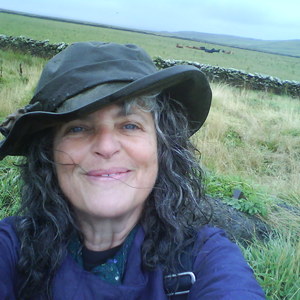

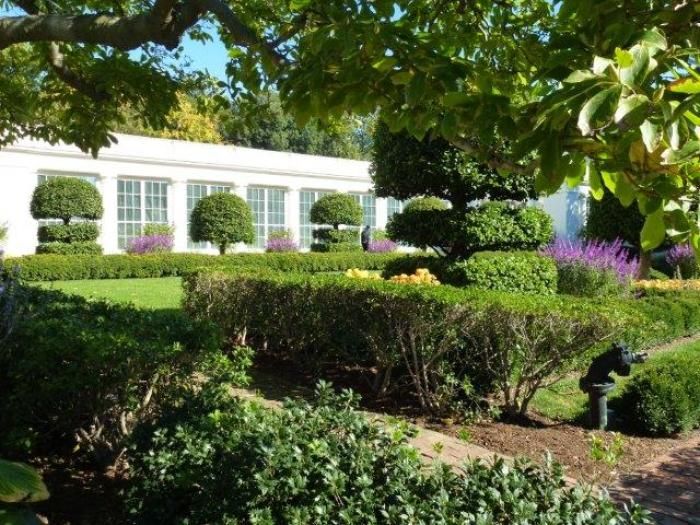
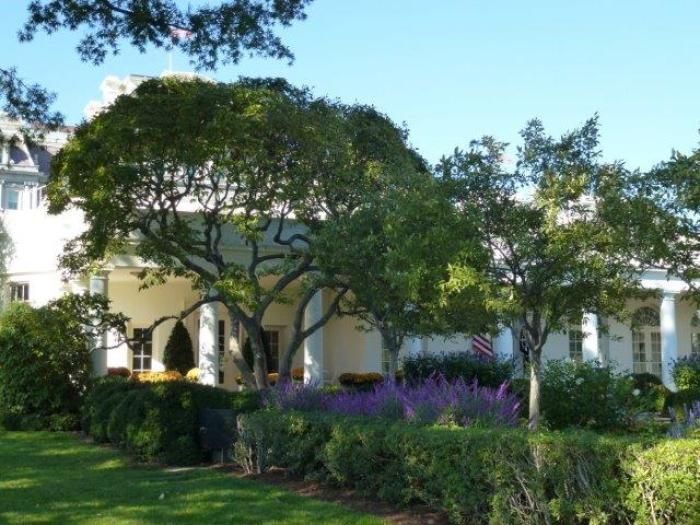



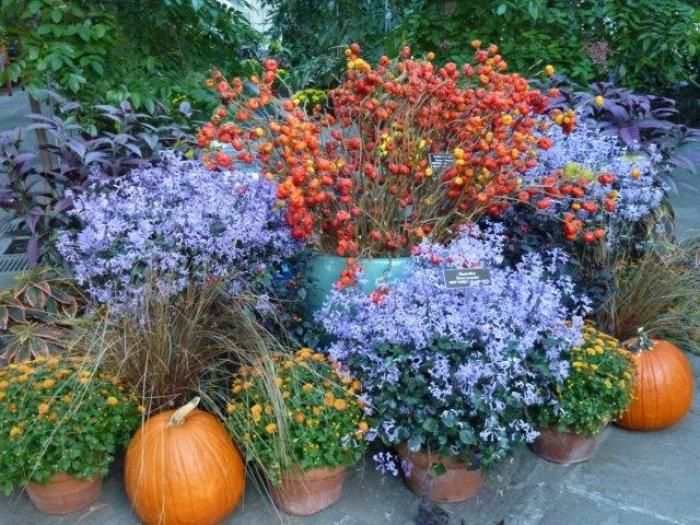
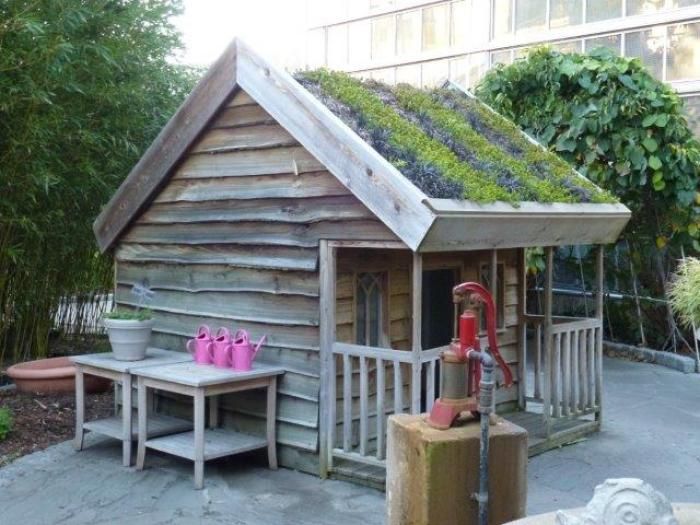

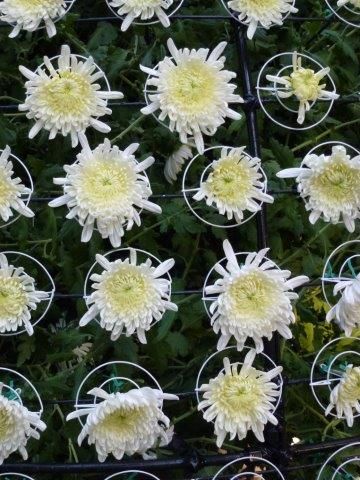
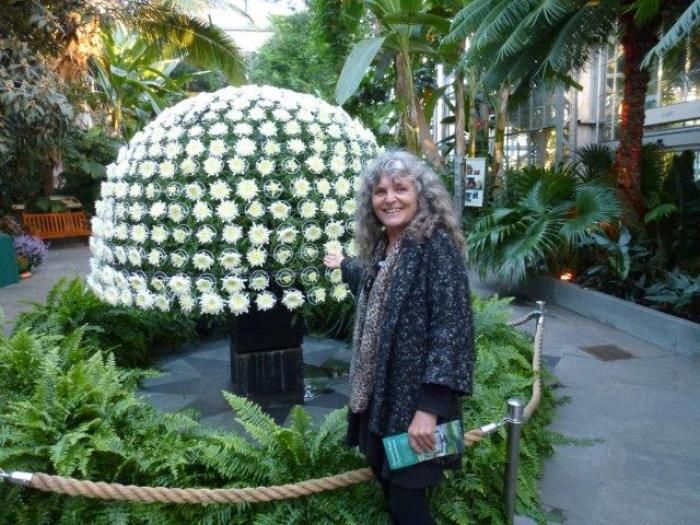
















Comments
Log in or create an account to post a comment.
Sign up Log in